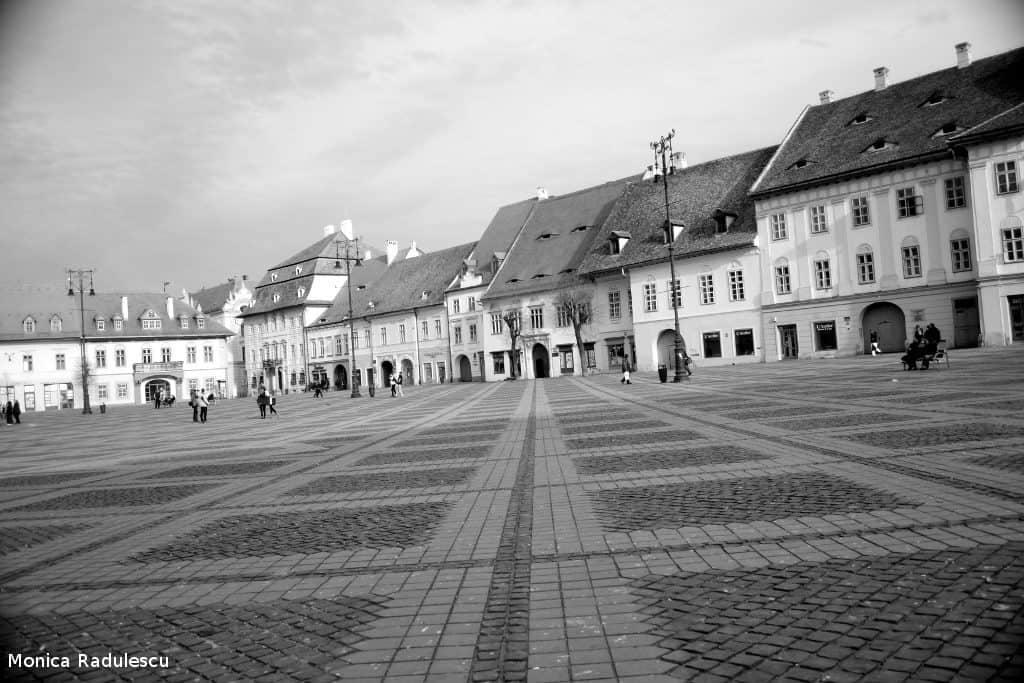There are many courses that teach you how to use a specific camera or lens, that give you directions for a niche type of photography (weddings, portraits etc.), that teach you to work with light or frame a story in your pictures. But actually, the base of photography stays in geometry and physics. That’s why training your eye for photography is so important.
Seeing a photograph, catching that perfect moment is the result of talent, luck, and a lot of training. First, you need to love taking pictures, with open mind and heart. Then you need to be in the perfect place, at the perfect time. And last but not least, you need to practice hard. Again training your eye for photography is crucial. Let’s start with geometry.
Lines
Everything around you is geometry. Try to follow lines in the landscape surrounding you. There will be the horizon, the straight lines of a house, vertical lines of trees, paths left behind by airplanes. Localizing the lines is the easiest exercise you can do. The next step is to put them in a frame. Striking lines will have a major influence on your final picture. The effect can destroy an entire image. The eye will naturally follow the line. Where does it go? What is at the end of the line? Does the subject receive attention or the line stole it all? These are some of the questions you need to ask yourself. Place the lines in different positions: vertical, horizontal, diagonal, cutting a corner, everything you can think of. The secret is to try.
Shapes
A shape can be a powerful element in a picture. A full moon, a silhouette, squares of the pavement. Especially when you are doing architecture photography is important to balance the shapes. As an exercise, take a walk and identify shapes. If the shape is strong enough you might not need colors in order to have an impact photograph.
Patterns
Patterns are regular geometric models that repeat over an area. The palate is large, from architectural models to leaf of trees, forests, the back of a ladybird and so on. Again, a good pattern will not need color to be striking and beautiful. Nature is a great source of patterns, but you need to be trained to see them.
People live in a hurry all the time and tend to ignore a lot of beautiful things. Observation makes you connected to reality, to present time, and besides helping you take better shots, it actually is a mindfulness experience.

